Guided by the principles of ‘spirit’ and ‘silence,’ Louis Kahn’s visionary design of the Jatiya Sangsad Bhaban, or National Parliament House, showcases a harmonious blend of form and function. Organized around a strong central axis, the structure’s unique combination of concrete and marble materials contributes to its distinct character. This monumental architectural masterpiece, built between 1962 and 1982, symbolizes freedom and resilience. Unfortunately, Kahn did not live to witness the completion of his creation, which provides shelter and protection while allowing natural light to filter through.
Located in Sher-e-Bangla Nagar, Dhaka, the National Parliament House was designed when Bangladesh was still part of Pakistan. Covering 200 acres, this impressive complex is among the world’s largest legislative structures. The building received international acclaim through the 2003 film “My Architect,” which explored the career and familial legacy of Louis Kahn. In “Louis I. Kahn,” a book by renowned author Robert McCarter, the National Parliament of Bangladesh is praised as one of the most significant architectural achievements of the twentieth century.
Bangladesh National Parliament House Technical Information
- Architects: Louis Kahn, Muzharul Islam, Alam Syed Zahoor
- Location: Sher-e-Bangla Nagar, Dhaka, Bangladesh
- Client: Government of Bangladesh
- Topics: Modern Architecture, Monumental
- Area: 200 Acres
- Project Year: 1962 – 1982
- Photographs: © Cemal Emden, © Trevor Patt
In the assembly, I have introduced a light-giving element to the interior of the plan. If you see a series of columns, you can say that the choice of columns is a choice in light. The columns as solids frame the spaces of light. Now think of it just in reverse and think that the columns are hollow and much bigger and that their walls can themselves give light, then the voids are rooms, and the column is the maker of light and can take on complex shapes and be the supporter of spaces and give light to spaces.
– Louis Kahn1
Bangladesh National Parliament House Photographs
The Journey of the National Parliament House
Conceived in 1959 by the government of Pakistan as an extension to their parliamentary headquarters, Louis Kahn was commissioned in 1962 to design the governmental complex. The construction process, however, was halted in March 1971 due to Bangladesh’s declaration of independence from Pakistan. Initially intended to be a monumental presence, the project became a symbol of democracy and pride for the Bengali people after the official separation from Pakistani rule in December 1971. The National Assembly building was eventually completed in 1982 at the cost of $32 million, more than double the initial estimate.
Design Philosophy and Contextual Approach
Louis Kahn’s design philosophy was guided by principles of ‘spirit’ and ‘silence.’ The National Parliament House’s various components are organized around a strong central axis, focusing on representing Bengali culture and heritage while optimizing the use of space. The unconventional combination of concrete and marble materials adds to the structure’s distinctiveness. This monumental architectural masterpiece has evolved into a symbol of freedom and resilience.
The Complex: An Architectural Masterpiece
The Jatiya Sangsad complex, designed by Kahn, includes lawns, a lake, and residences for Members of Parliament. The architect’s primary goal was to represent Bengali culture and heritage while optimizing the use of space. The exterior of the building is striking in its simplicity, with enormous walls deeply recessed by porticoes and large geometric openings. The main building, situated at the center of the complex, is divided into three parts – the Main Plaza, South Plaza, and Presidential Plaza. An artificial lake surrounds three sides of the main building, extending to the Members of Parliament hostel complex. This skillful use of water to portray the riverine beauty of Bengal adds to the aesthetic value of the site.
The Parliament Building’s Exterior and Interior
The exterior of the Jatiya Sangsad Bhaban is marked by large walls deeply recessed by porticoes and regular geometric openings. The massive scale of these external features shapes the building’s overall visual impact. Kahn’s design showcases the use of local materials, such as concrete and marble, which not only make a modernist statement of power and presence but also serve as a testament to local materials and values. The sheer mass of the monumentally scaled National Assembly and the artificial lake surrounding the building act as a natural insulator and cooling system that also create interesting spatial and lighting conditions.
The geometric shapes found on the different faces of the façade add a dramatic impact to the overall composition of the building. These geometric shapes are abstract forms found in traditional Bengali culture that are meant to create a marriage of old and new cultural identities. They also serve as light wells and a natural environmental control system for the interior.
Louis Kahn and the Importance of Light
For Kahn, light was an essential aspect of the design of a building, not just as a way to illuminate a space but rather conceptualizing light as a creator of space. He believed that natural light could transform and elevate the atmosphere of an interior, giving it a unique and transcendent quality that could not be achieved through artificial means alone. As such, his architectural works often exhibit a masterful manipulation of light, using it to craft spatial experiences that engage and inspire those who inhabit the spaces.
Kahn’s sensitivity to light can be traced back to his fascination with ancient architecture, particularly how sunlight filtered through the ruins of Greek and Roman temples. He admired how the interplay of light and shadow in these ancient spaces created a sense of depth, texture, and mystery. These observations informed his approach to modern architecture, where he sought to recreate these qualities in contemporary forms and materials.
Bangladesh National Parliament House Plans
Bangladesh National Parliament House Image Gallery

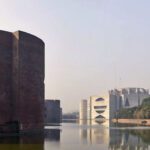
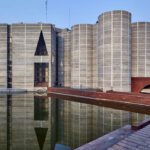
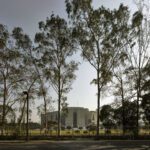

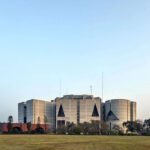

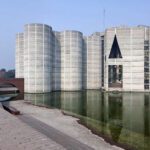

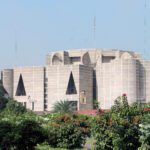

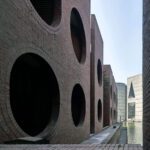
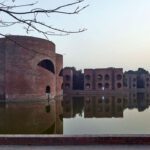


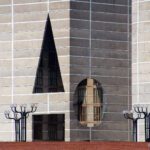
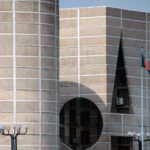
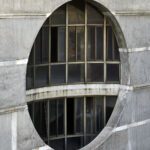
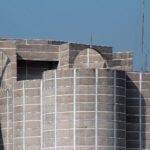
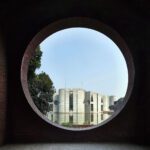
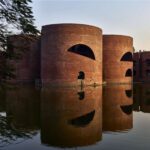

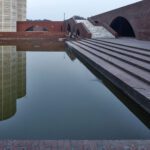

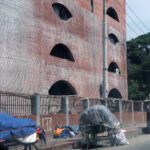

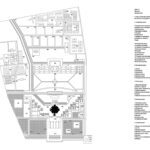


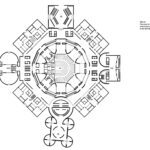

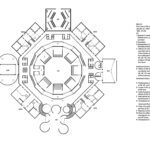


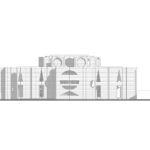
About Louis Kahn
Louis Kahn (1901-1974) was a renowned American architect and educator known for his significant contributions to modern architecture. Born in Estonia, Kahn immigrated to the United States with his family at a young age and later studied at the University of Pennsylvania.
A monumental and monolithic approach characterizes Kahn’s architectural style, often utilizing exposed concrete and brick with large geometric forms. The principles of light and space profoundly influenced his designs, and he sought to create functional and poetic structures. His most notable works include the Salk Institute in La Jolla, California, the Kimbell Art Museum in Fort Worth, Texas, and the National Assembly Building (Jatiya Sangsad Bhaban) in Dhaka, Bangladesh.
Full Bio of Louis Kahn | Works of Louis Kahn
- Louis I. Kahn: Completes Works (English and German Edition) by Klaus-Peter Gast




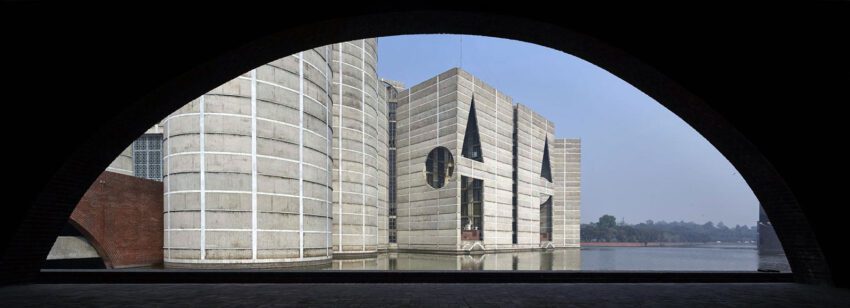

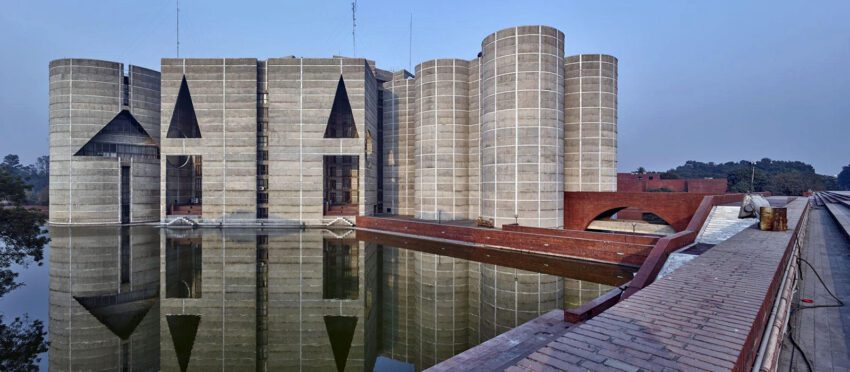



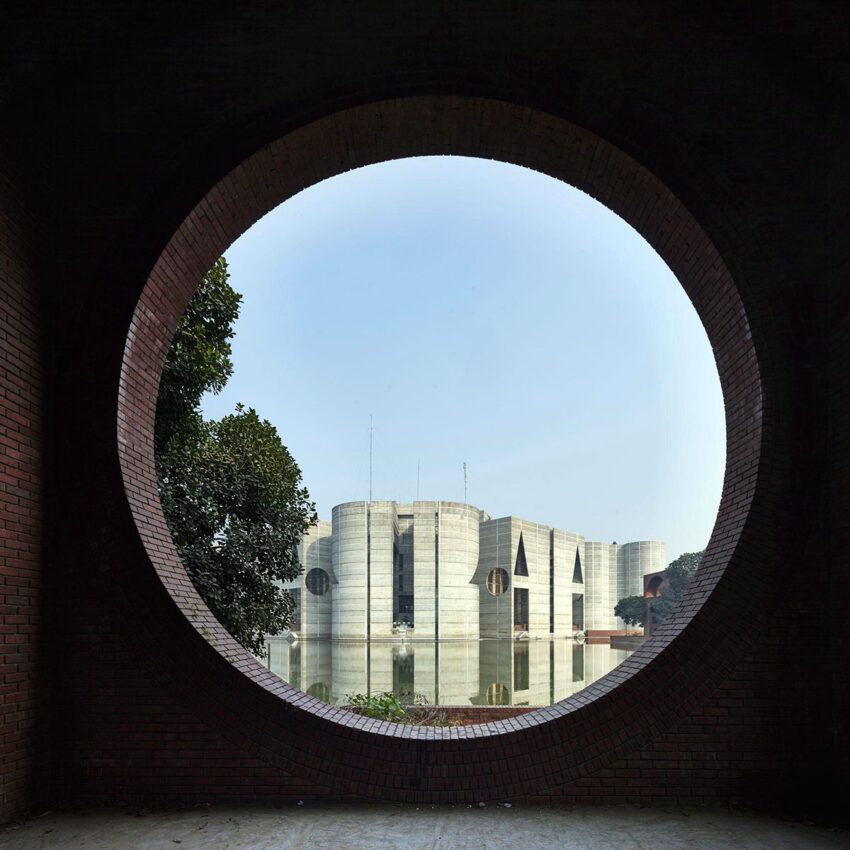

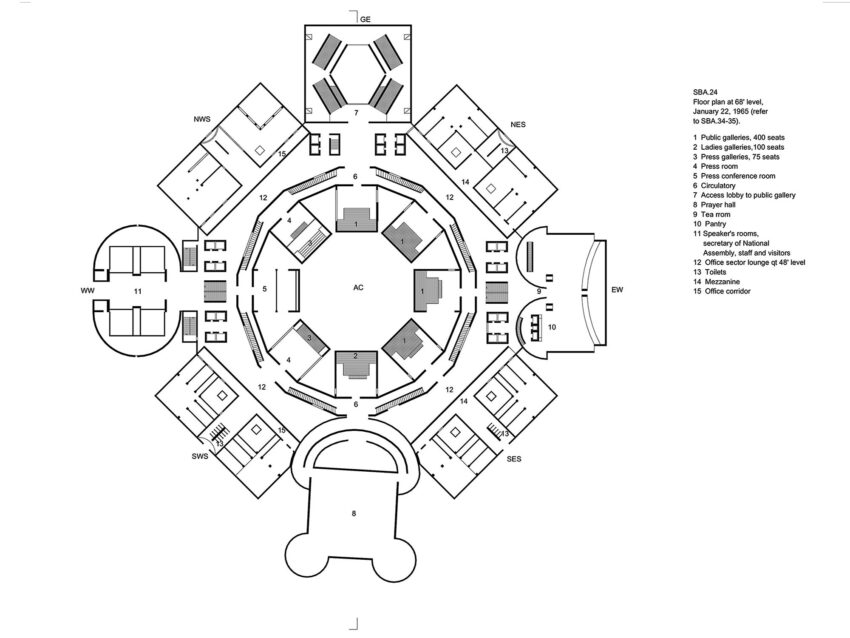

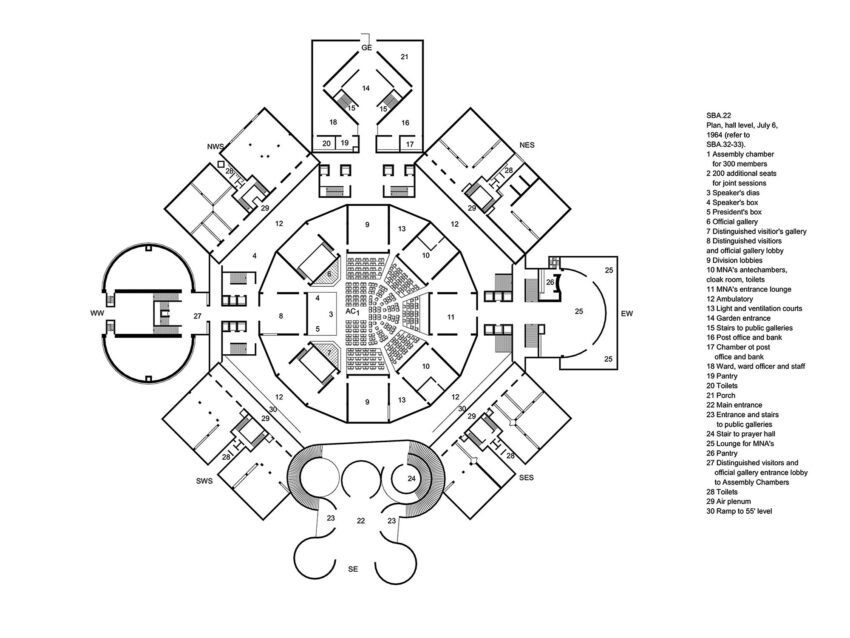
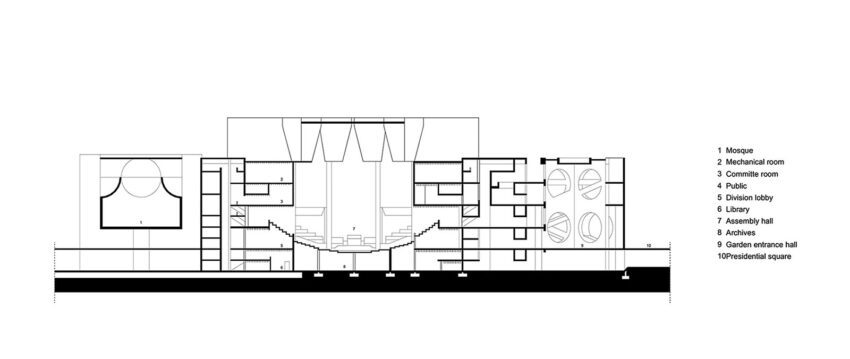


“I visited the national assembly building in Bangladesh, which is simply stunning! Seeing inside this building was a long-waited dream come true for me. Arranging the permit through the bureaucracy is a hassle, but I was lucky to discover this tour, who sorted this for me: https://nijhoom.com/dhaka-architecture-tour/
I am still grateful to these guys for making the opportunity for me!”
Hello Michael,
We’re thrilled to hear about your firsthand experience visiting Bangladesh’s National Parliament House! Indeed, this architectural gem by Louis Kahn is an absolute treat for those who appreciate Brutalist architecture and its philosophic implications. Kahn’s use of geometric shapes, natural light, and the play between open and closed spaces makes it a monument worth the hassle of the bureaucratic processes.
Thank you for sharing the tour company link. It will surely be a valuable resource for our readers looking to explore the architectural wonders of Dhaka, including the National Parliament House.